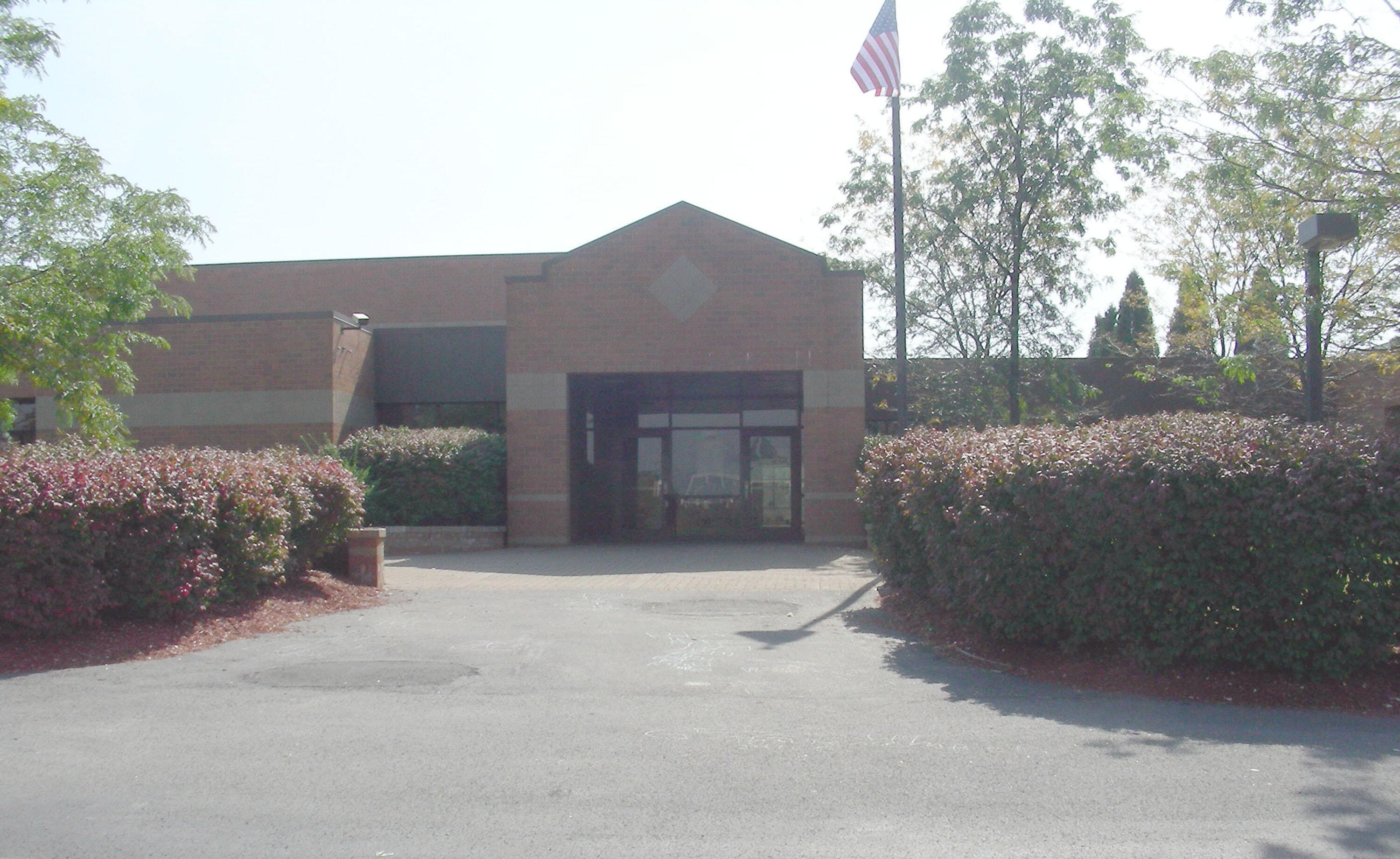Common Childhood Diseases
Fifth Disease
Fifth disease is a viral infection, which often affects red blood cells. It is caused by a human parvovirus (B19). For many years, fifth disease was viewed as an unimportant rash illness of children. Recently, studies have shown that the virus may be responsible for serious complication in certain individuals.
Learn more about Fifth Disease
Head Lice
Head lice are parasites that survive by injecting small amounts of blood from the scalp every few hours. Generally found on the scalp, around the ears and at the back of the neck, the adult louse is about the size of a sesame seed and can be a reddish-brown color. Eggs, or nits, are smaller and are silver in color.
Impetigo
Impetigo is a common bacterial infection of the skin caused by streptococcal and staphylococcal bacteria. Most cases of impetigo occur in children.
Read more information about Impetigo
Influenza/Flu
Influenza (also known as flu) is a contagious respiratory illness caused by influenza viruses that infect the nose, throat and lungs. Flu is different from a cold, and usually comes on suddenly. Each year flu viruses cause millions of illnesses, hundreds of thousands of hospital stays and thousands or tens of thousands of deaths in the United States.
Learn more information about Influenza
MRSA
Staphylococcus aureus (S. aureus) is a bacteria normally found on the skin or in the nose of 20 to 30 percent of healthy individuals. When S. aureus is present without causing symptoms, it is called colonization. If symptoms are present, it is called an infection. Methicillin-resistant Staphylococcus aureus (MRSA) is a strain of S. aureus that is resistant to methicillin, an antibiotic in the same class as penicillin, and is traditionally seen in people who have been recently hospitalized or who have been treated at a health care facility (such as treatment at a dialysis center).
Read more information about MRSA
Pertussis
Pertussis, or whooping cough, is a highly contagious disease involving the respiratory tract. It is caused by a bacterium that is found in the mouth, nose and throat of an infected person. Approximately 300 cases are reported annually in New York State.
Read more information about Pertussis
Ringworm
Ringworm is a term used to describe an infection of the skin caused by different types of microscopic fungi. These fungi commonly affect the scalp, skin, nails, and hair. When the fungus affects the feet, the infection is commonly known as athlete’s foot. Fungal growth on the skin can produce distinctive ring-like patches with raised borders thought by some to resemble worms; there are no “worms” in ringworm infection, however.
Read more information about Ringworm
Scabies
Scabies is an infestation of the skin by a human itch mite. It causes intense itching and a pimple-like skin rash. Human scabies is most commonly spread by direct, prolonged skin-to-skin contact with a person who has scabies.
Read more information about Scabies
Shigellosis
Shigellosis is a bacterial infection affecting the intestinal tract. It is a fairly common disease; 600-800 cases occur in New York State each year. Most cases are seen in the summer and early fall and occur as single cases or outbreaks.
Read more information about Shigellosis
Shingles
Shingles is a localized infection due to the varicella-zoster virus, the same virus that causes chickenpox in the past and represents a reactivation of the dormant varicella virus. Why the virus reactivates in some individuals and not in others is unknown.
Read more information about Shingles
Strep Throat/Scarlet Fever
Strep throat and scarlet fever are different forms of a bacterial disease caused by infection with Group A (beta hemolytic) streptococci. When the bacteria infect the throat, the illness is called strep throat. Streptococci can also produce a toxin, which results in a distinctive skin rash. When this occurs, the illness is called scarlet fever
Read more information about Strep Throat/Scarlet Fever
/LCSD_Logo_2022.png)











/Soule%20Road%20Middle.jpeg?mask=1)
